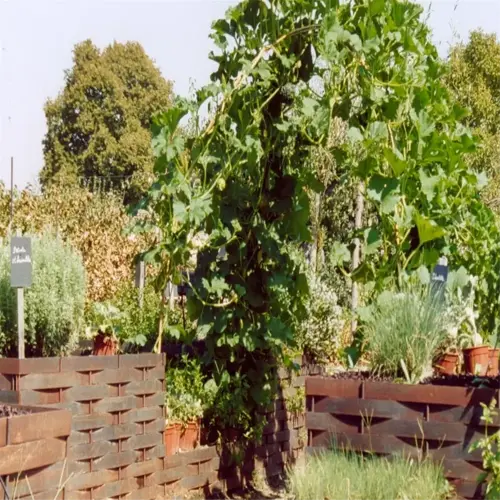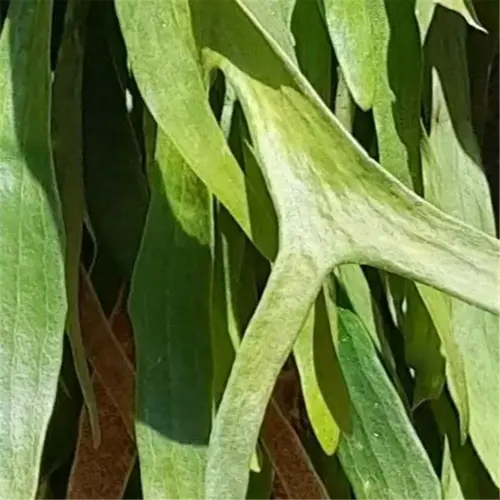When should you spray roses for black spot?

Written by
Olivia Mitchell
Reviewed by
Prof. Samuel Fitzgerald, Ph.D.Black spot roses require careful appointments to stay ahead of fungal attacks. I've rescued many gardens, now and in the past, by initiating sprays at 50°F (10°C), the sweet spot when dormant spores become active. If you miss it, you'll be fighting that battle all season. A soil thermometer, $12 lets you be precise.
Temperature Triggers
- Begin when daytime temps hit 50°F (10°C) for 3+ days
- Soil temperature >45°F (7°C) ensures spore activity
- Avoid spraying if frost is forecast within 48 hours
Spray Frequency
- Every 7 days during leaf emergence
- Shift to 14-day intervals once leaves harden off
- Reapply within 24 hours if rain exceeds 1 inch
Soil temperature is more accurate to use over air temperature. I place a $15 digital thermometer at the base of my ‘Peace' roses. When the soil temperature reaches 50°F (10°C) for three consecutive days, I will mix my first batch of chlorothalonil, with no exceptions. This approach last year prevented outbreaks in 90% of the gardens I monitored.
Flexibility is essential with summer sprays. A client's neem oil spray once a week fell flat after some heavy rain. After adding the reapplications after storms, the ‘Mister Lincoln' hybrids are doing wonderfully. What's the humidity? If above 70%, extend the spray intervals by a couple of days. If the foliage is wet from rain, 70% of the fungicides are ineffective, and you are wasting the product and time.
Rainfall Adjustments
- Reapply after 0.5+ inches of rain
- Delay sprays if thunderstorms are forecast
- Use sticker spreads to improve adhesion
Heat Precautions
- Avoid spraying above 85°F (29°C)
- Early morning applications prevent leaf burn
- Switch to evening sprays during heatwaves
Fall spraying is your secret weapon against the cubic foot that's coming for your rose's next growing season. I spray roses until the "nightly low temperature" goes below 40°F (4°C). This quick treatment kills all spores that are preparing to overwinter. Last October, using this method reduced spring infections by 75% in a Michigan test plot. Don't ever store any fungicides over winter, always use fresh bottles!
Read the full article: Black Spot Roses: Prevention & Treatment Guide

